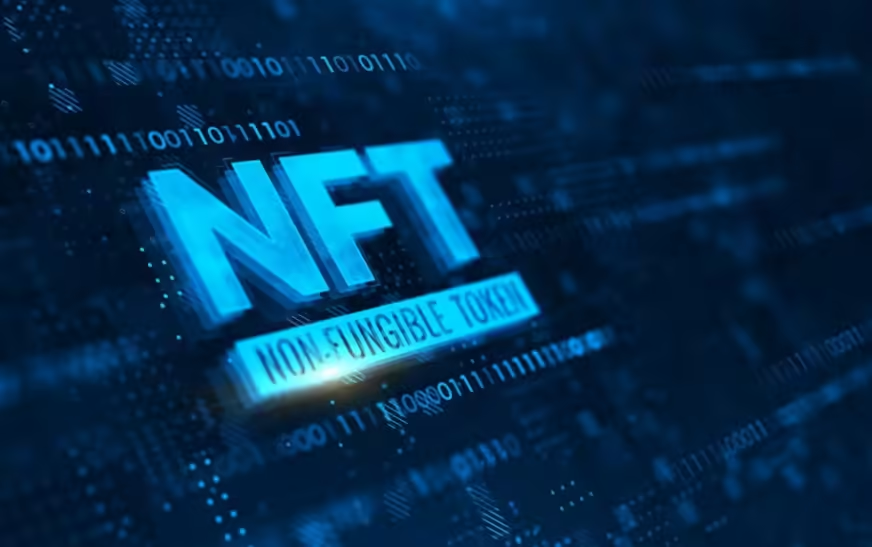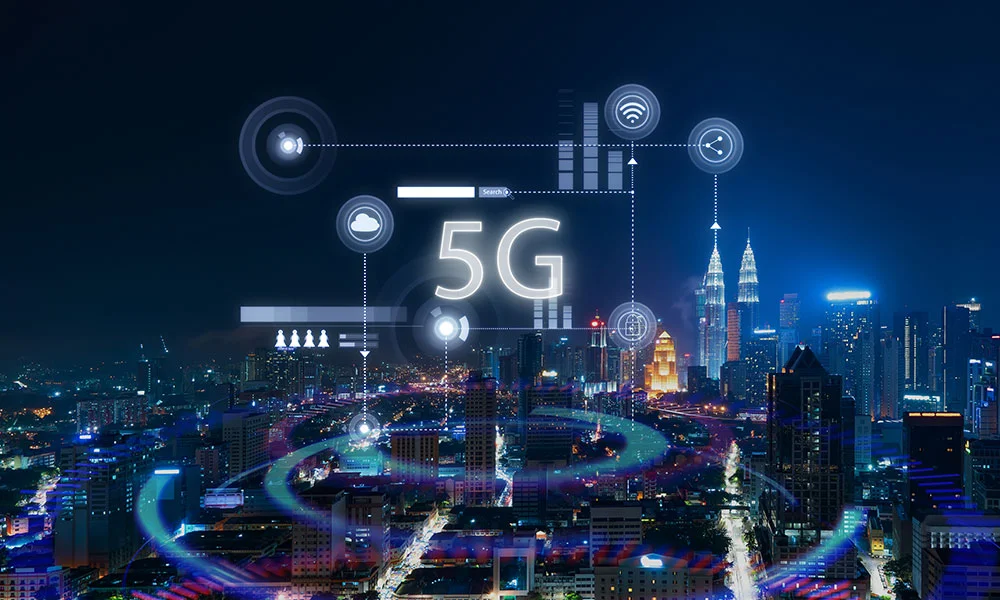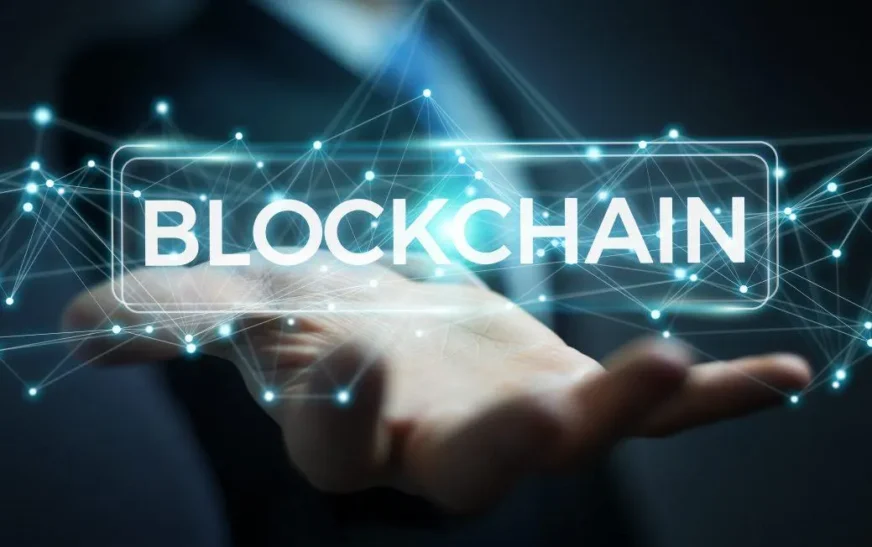Introduction to NFTs
The world of digital assets has undergone a remarkable transformation in recent years, with Non-Fungible Tokens (NFTs) taking center stage. These unique tokens have revolutionized the way we think about ownership and value in the digital realm. From art to music, and even virtual real estate, NFTs have captured the imagination of collectors, creators, and investors alike.
As 2021 witnessed an explosion in NFT popularity, many began to question what lay ahead for this innovative technology. Enter NFT 2.0—a new phase that promises to elevate these tokens beyond mere collectibles into versatile tools with expanded functionality.
Join us as we explore the evolution of NFTs through their transition to NFT 2.0. Discover its key features, potential use cases across various industries like art and gaming, as well as the challenges it faces on its journey toward widespread acceptance. Buckle up; we’re diving deep into this fascinating world of digital innovation!

The Rise of NFTs in 2021
The year 2021 marked a significant turning point for non-fungible tokens (NFTs). The world witnessed an explosion of interest across various sectors. From digital art to virtual real estate, NFTs became the buzzword in tech and finance.
High-profile sales captured headlines, with artworks fetching millions at auctions. This surge was fueled by celebrities and influencers embracing the trend, drawing attention from mainstream audiences.
Platforms like OpenSea and Rarible emerged as go-to marketplaces for creators and collectors alike. The accessibility of blockchain technology made it easier than ever to buy, sell, or trade unique digital assets.
Artists found new revenue streams while buyers sought ownership of exclusive pieces in a saturated online landscape. As traditional industries began exploring NFT integration, the stage was set for unprecedented growth in the realm of digital collectibles.
What is NFT 2.0?
NFT 2.0 represents a significant leap in the evolution of non-fungible tokens. These digital assets go beyond simple ownership and uniqueness, embedding more functionality into their core.
At its essence, NFT 2.0 integrates smart contracts that allow for dynamic interactions. This means NFTs can evolve based on user engagement or external data inputs.
Imagine an artwork that changes appearance based on the time of day or your interactions with it. Such capabilities are transforming how we perceive and utilize these tokens.
Moreover, NFT 2.0 aims to create greater interoperability across different platforms and ecosystems. This opens up endless possibilities for creators and collectors alike.
By incorporating community governance features, holders can influence future developments directly related to their assets. This fosters a sense of ownership that is deeper than mere transaction history or rarity metrics.
Key Features of NFT 2.0
NFT 2.0 introduces a range of innovative features that elevate the standard of non-fungible tokens. One significant aspect is enhanced interoperability. This allows NFTs to seamlessly function across multiple platforms and ecosystems, offering greater flexibility for creators and collectors alike.
Another key feature is programmability. NFT 2.0 enables smart contracts to govern their behavior, allowing dynamic changes over time. Imagine an artwork that evolves based on its owner’s interactions or even real-world events.
The emphasis on fractional ownership also stands out in this evolution. Users can own portions of high-value NFTs, making digital art more accessible than ever before.
Additionally, sustainability becomes a focal point with efforts directed towards reducing the carbon footprint associated with minting these tokens. As blockchain technology advances, eco-friendly alternatives are becoming more prevalent.
These features collectively redefine how we perceive value and ownership in the digital world while pushing boundaries beyond traditional concepts.
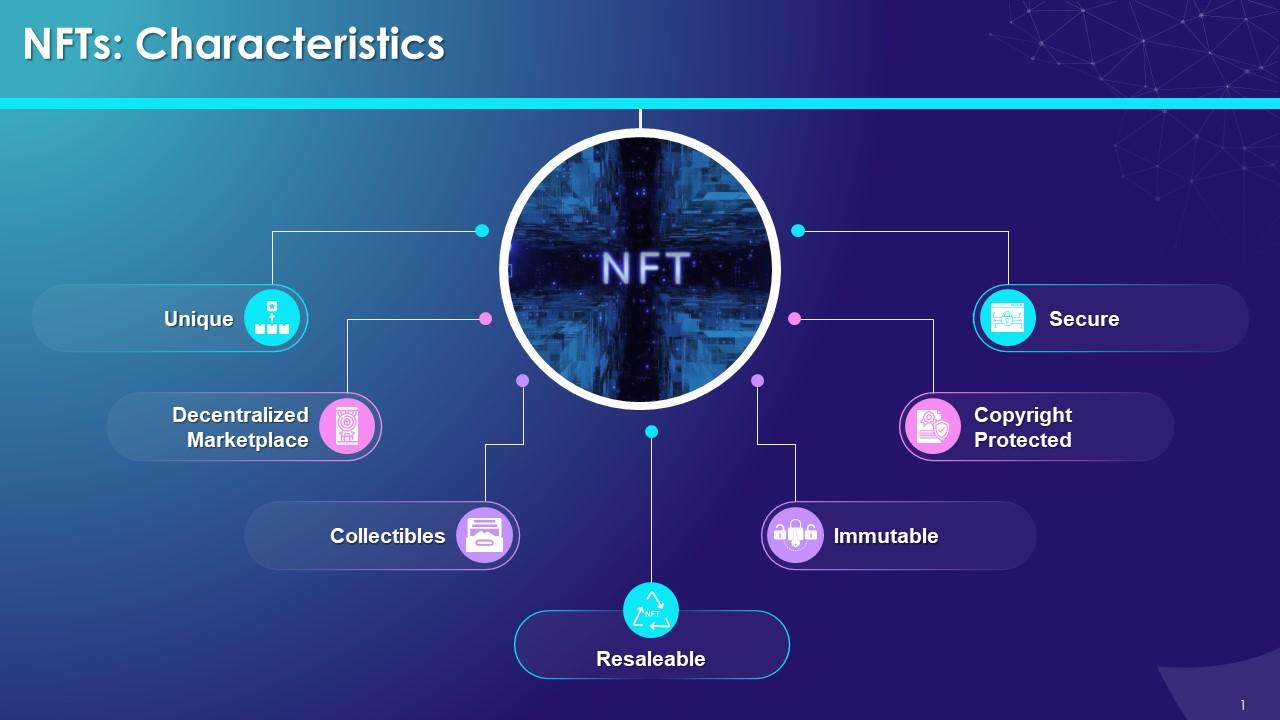
Use Cases for NFT 2.0
NFT 2.0 expands the horizons of non-fungible tokens beyond mere collectibles. One significant use case is in digital identity verification. Individuals can own and control their online identities, ensuring authenticity across platforms.
Another exciting application is in virtual real estate. Users can buy, sell, and trade virtual land within metaverse environments, creating thriving digital economies.
Gaming also benefits immensely from NFT 2.0 technology. Players can truly own in-game assets that carry value outside the game universe, leading to a decentralized economy where players shape their experiences.
Additionally, brands are leveraging NFT 2.0 for loyalty programs and exclusive content access. Customers receive unique tokens that unlock special promotions or events, enhancing engagement.
Artists are exploring new revenue streams through fractional ownership of their work. This allows multiple investors to share an original piece while supporting creators directly.
Potential Impact on the Art and Gaming Industry
NFT 2.0 is poised to transform the art world in ways we have yet to fully grasp. Artists can enjoy greater control over their work, ensuring they receive royalties on future sales. This shifts the traditional paradigm where artists often lose out after the initial sale.
In gaming, NFT 2.0 introduces true ownership of in-game assets. Players can trade or sell items across different platforms, enhancing engagement and investment in virtual worlds.
Moreover, the ability to create dynamic NFTs that evolve based on player actions adds a layer of interactivity previously unseen. Imagine owning a character that grows stronger through gameplay or an artwork that changes with viewer interactions.
These advancements herald a new era for both creators and consumers alike—an immersive experience where value is not just assigned but actively cultivated within communities.
Challenges and Criticisms of NFT 2.0
NFT 2.0, while innovative, faces significant challenges and criticisms. One major concern is the environmental impact associated with blockchain technology. As NFTs gain popularity, their energy consumption continues to draw scrutiny.
Moreover, issues of copyright and ownership persist in this evolving landscape. Many artists worry about unauthorized use of their work and the complexities involved in proving ownership on decentralized platforms.
The market’s volatility also raises eyebrows. Prices can fluctuate dramatically, leaving investors vulnerable to sudden losses.
Additionally, there’s a growing skepticism regarding the actual value of these digital assets. Critics argue that some NFTs lack intrinsic worth beyond speculation.
The accessibility of NFT platforms remains a barrier for many potential users. Complicated interfaces and high transaction fees can deter newcomers from participating fully in the NFT ecosystem.
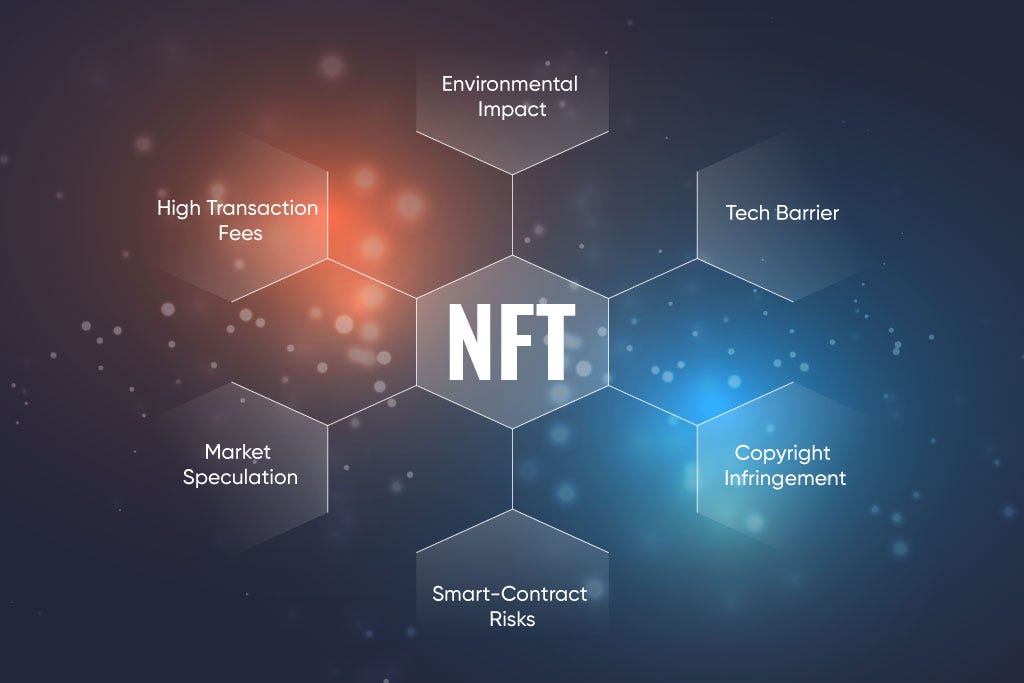
Future Outlook for NFT 2.0
The future of NFT 2.0 appears promising, with innovations on the horizon that could redefine digital ownership. As creators continue to experiment, we may see more dynamic NFTs that evolve over time. This adaptability can enhance storytelling and engagement within various media.
Interoperability between different blockchain networks will likely become a standard feature. Such advancements would enable seamless exchange and collaboration across platforms, broadening the reach of NFT creators.
Moreover, as regulatory frameworks develop around digital assets, trust in these tokens is expected to grow. Enhanced security measures could address concerns surrounding fraud and theft, encouraging wider adoption among artists and collectors alike.
Additionally, integration with augmented reality (AR) and virtual reality (VR) environments presents exciting possibilities for immersive experiences tied to NFTs. These developments may attract new audiences who want to experience art and gaming in entirely novel ways.
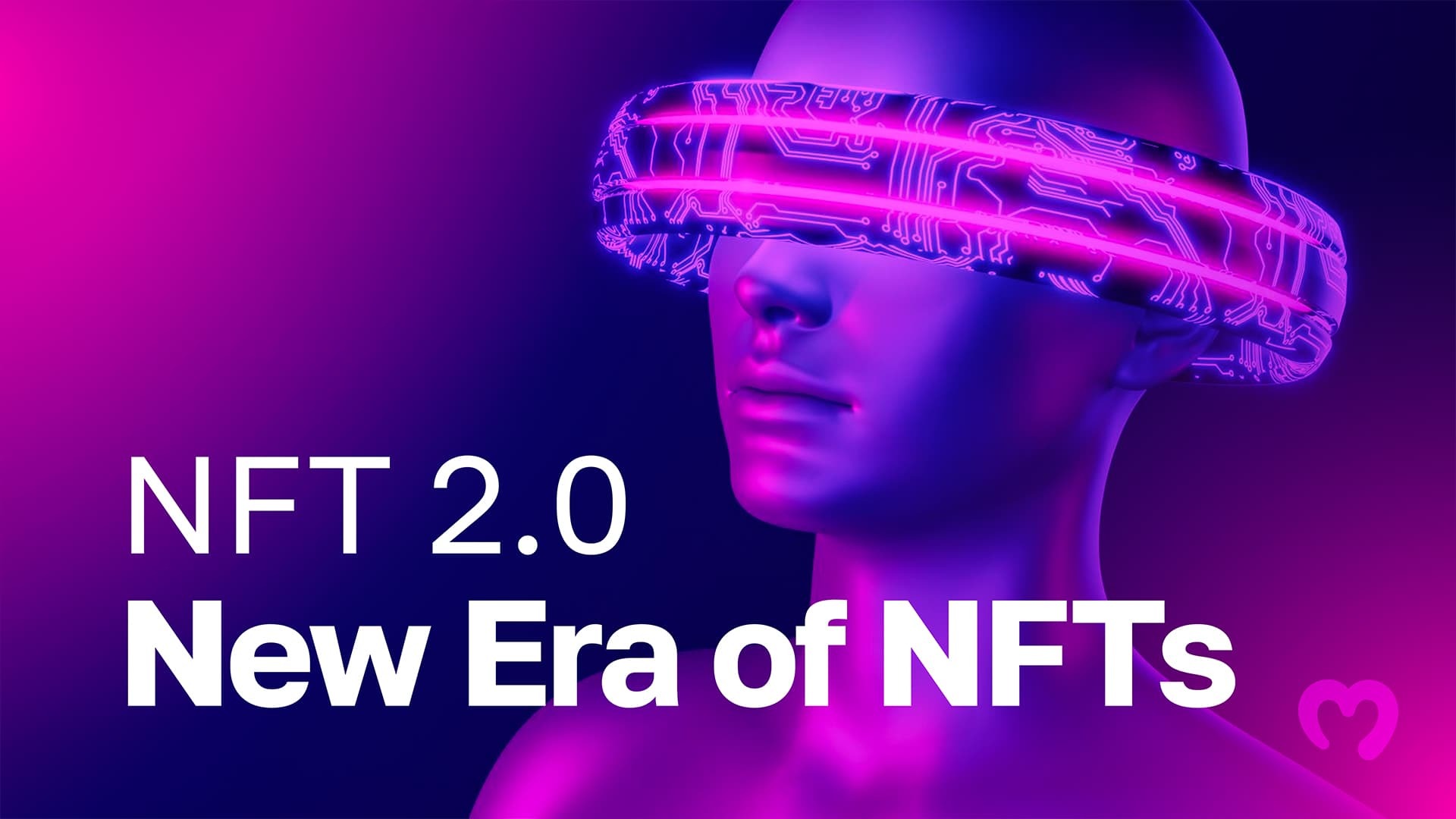
Conclusion
The evolution of NFTs continues to reshape the digital landscape, pushing boundaries and redefining ownership. As we move into the era of NFT 2.0, there’s an exciting potential for greater utility, interactivity, and community engagement.
This new phase promises to enhance user experiences by integrating dynamic features that go beyond mere collectibles. The transformative power of NFT 2.0 could revolutionize sectors like art and gaming, making them more immersive and accessible than ever before.
However, this journey isn’t without its challenges. Questions around sustainability, copyright issues, and market volatility loom large as creators and investors navigate this burgeoning space.
As technology evolves rapidly alongside creativity in the blockchain world, staying informed is crucial for anyone looking to explore or invest in non-fungible tokens. The future holds immense possibilities—not just for artists but also for collectors who wish to own a piece of evolving culture in a decentralized framework.
Embracing these changes will be key as we witness how NFT 2.0 unfolds its narrative across various industries worldwide.

